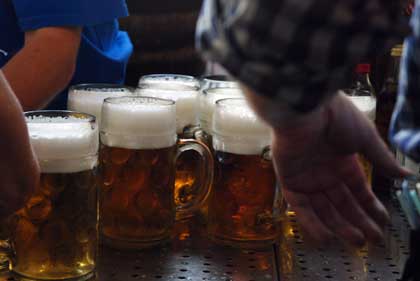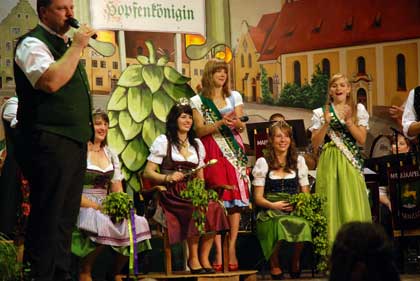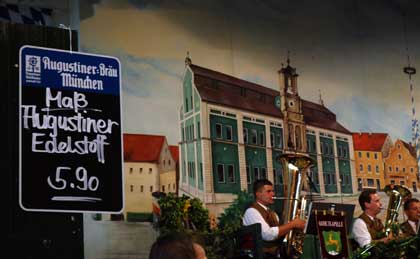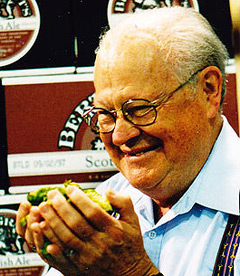 UK hop merchant Charles Faram & Co. includes an interesting twist in providing basic information about the hops its sells.
UK hop merchant Charles Faram & Co. includes an interesting twist in providing basic information about the hops its sells.
Of course, its chart lists alpha acids and has a few descriptors (“molasses, chocolate, spicy” or “herbal, pineapple, resinous”) but there is also a column for “flavour intensity.” Those numbers are quite subjective. But, just as the colored meters DRAFT magazine featured about six months ago, they are useful as long as you also accept not everybody’s sense of smell is the same.
Also remember intensity is not necessarily the same thing as impact.
For instance, the Faram chart lists Galaxy as an 8, but it surely has as much pop as 9-rated hops like Citra, Amarillo, and Cascade> More than Admiral.
It seems painfully obvious, but how brewers use the hops and how much they use, well, that’s important.
Drink a Marble Brewery Pilsner made with Hersbrucker (6) or a Firestone Walker Brewing Pils with Spalter Select (5) and Saphir (5) for proof.
*****
That’s the late, great Bert Grant at the top. Those as Cascade hops in his hands.
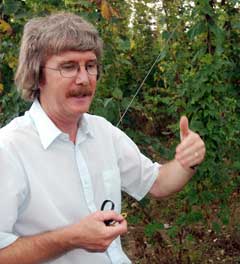 Mark Dredge has an excellent post on a couple of English hop varieties that were once rejected — so officially, I guess, they never became varieties — that now
Mark Dredge has an excellent post on a couple of English hop varieties that were once rejected — so officially, I guess, they never became varieties — that now 